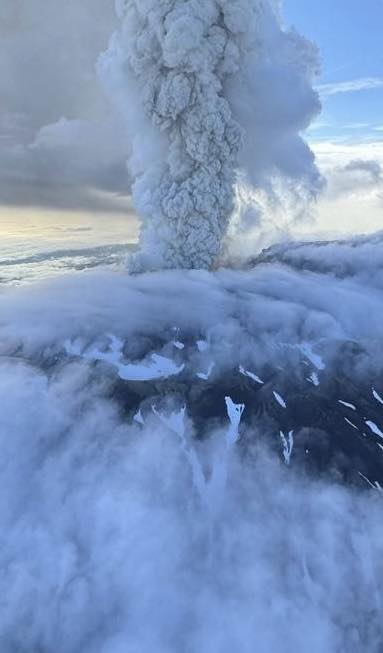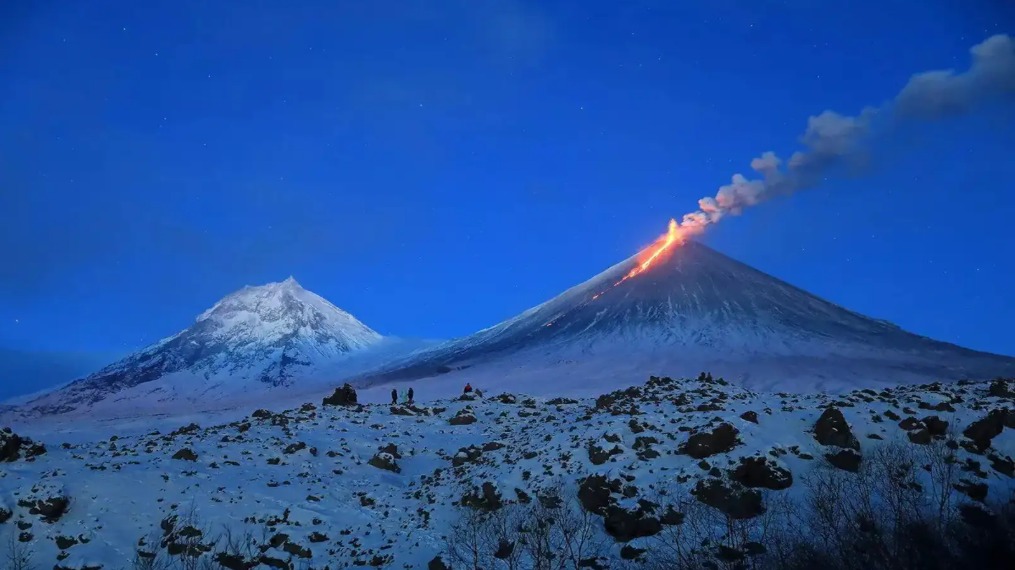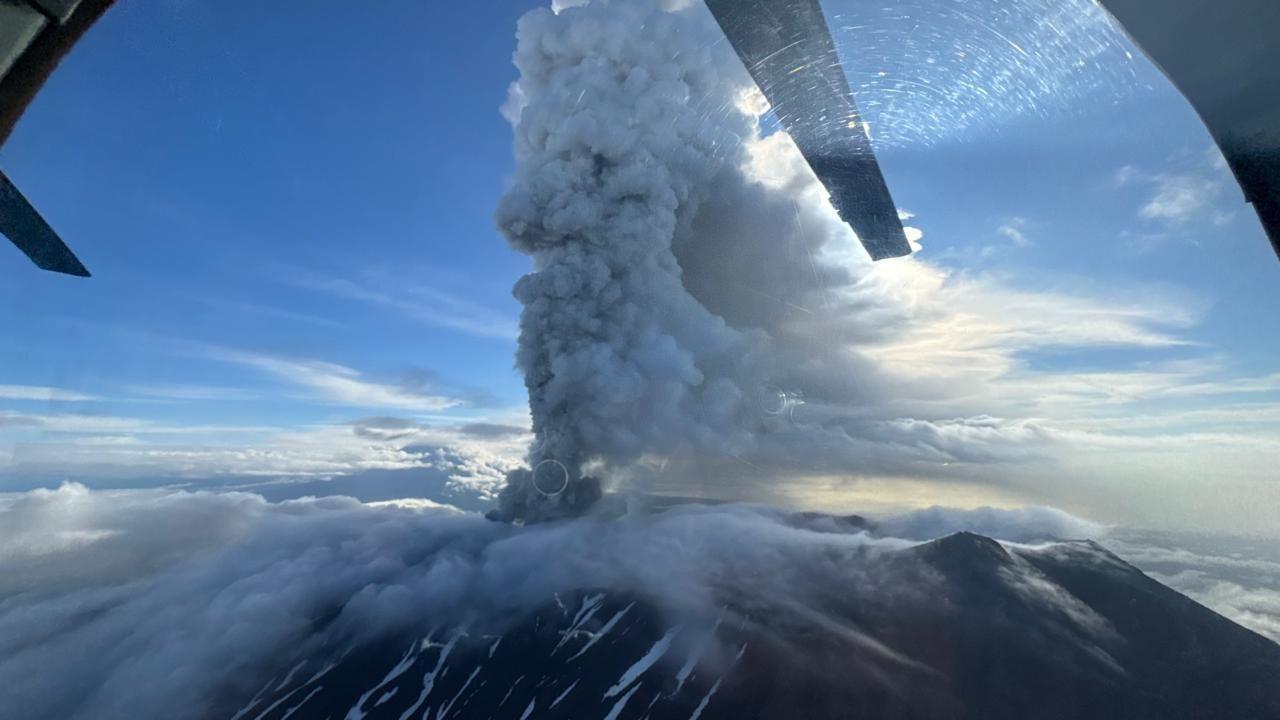Olga Girina, head of the Kamchatka Volcanic Eruption Response Team (KVERT), confirmed the event as the first confirmed eruption of Krasheninnikov in 600 years, though some sources, including the Smithsonian’s Global Volcanism Program, estimate the last eruption occurred around 1550, or nearly 450 years ago
The volcano lies within the Kronotsky Nature Reserve, a protected area on Russia’s Pacific coast. Staff at the reserve observed early signs of activity—steam, gas emissions, and ash, prompting their immediate evacuation.

The eruption occurred just days after a magnitude 8.8 earthquake struck off the coast of Kamchatka on July 29, triggering tsunami warnings across French Polynesia, Chile, Japan, Hawaii and the U.S. West Coast .
Girina and other experts suspect that the quake—among the strongest ever recorded—may have triggered volcanic unrest, possibly activating both Krasheninnikov and nearby Klyuchevskoy Volcano, which also erupted following the seismic event.
Satellite imagery and state media footage captured dense ash columns rising from the 1,856‑meter volcano, part of a caldera complex formed by overlapping cones . The ash plume drifted eastward over the Pacific, but no ashfall or damage has been reported in inhabited areas, and there are no communities at risk.
Russia’s Ministry of Emergency Situations assigned an orange code for aviation, indicating elevated risk for aircraft passing through ash-contaminated airspace. KVERT notes that while activity may be waning, moderate explosive activity could persist in the coming days.

The Kamchatka Peninsula hosts dozens of active volcanoes along the Pacific “Ring of Fire,” including constantly erupting giants like Karymsky and Shiveluch.
The near‑coincidence of a major earthquake and two eruptions illustrates the interconnected dynamics of seismic and volcanic systems, drawing renewed attention to potential cascading hazards in the region.
Despite its dramatic visuals, the eruption poses minimal human risk, given the remoteness of the site. However, scientists are closely monitoring seismic aftershocks, ash emissions, and any geological changes, especially since Kamchatka remains volatile and densely volcanic.
The Krasheninnikov eruption—and its possible tie to a major earthquake—provides a rare real-time example of Earth’s tectonic forces at work. With 29 active volcanoes in the Kamchatka region, experts remain vigilant for further eruptions or seismic triggers that may unfold in the days ahead.







